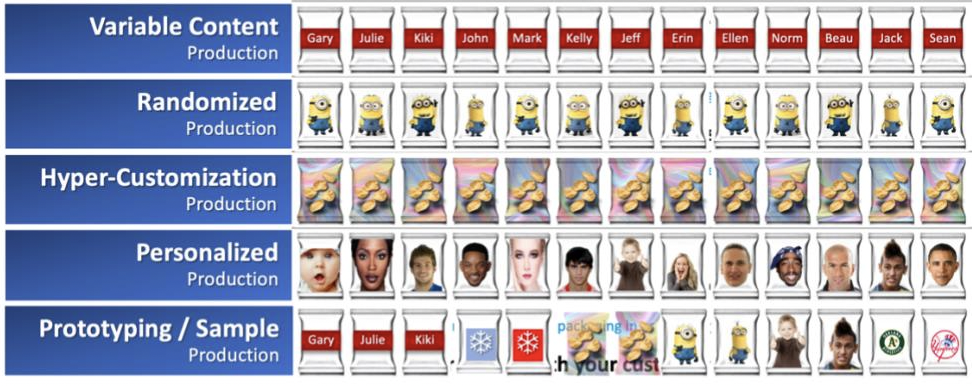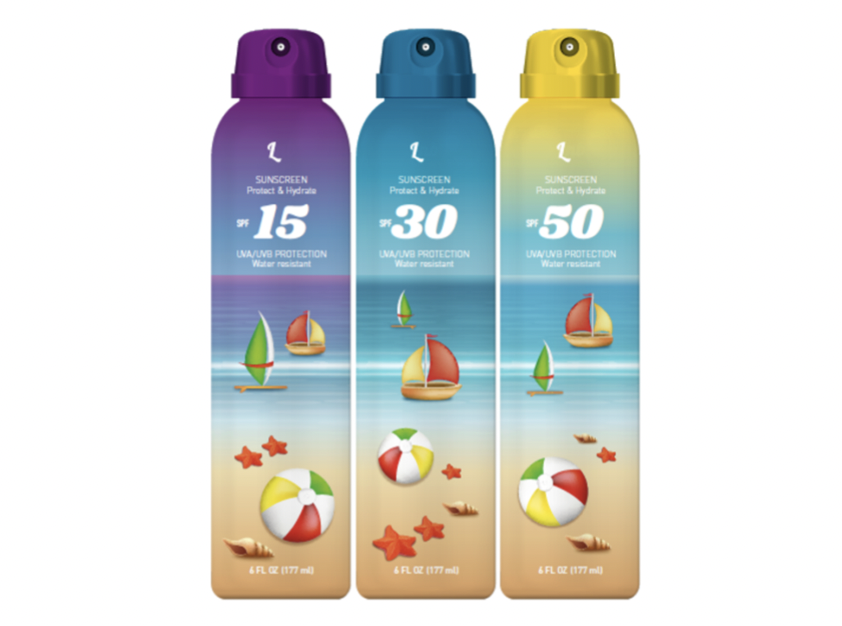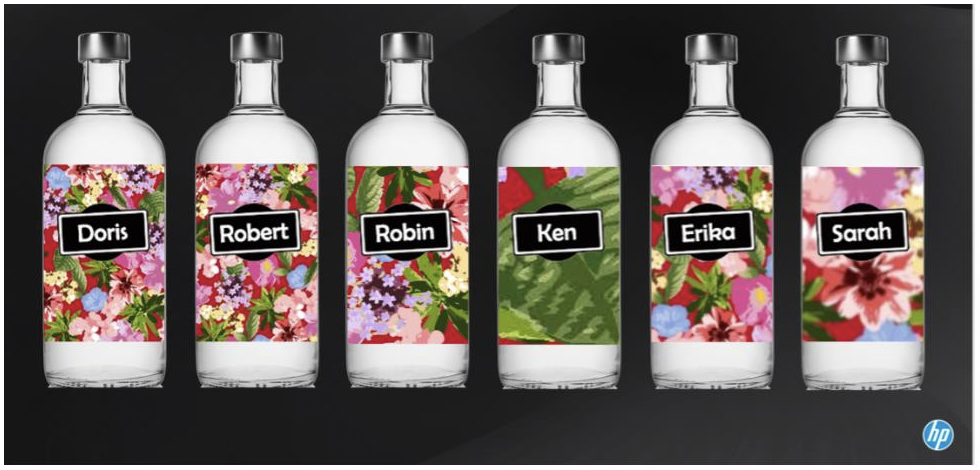As the market for shorter-run, more personalized, and serialized labels continues to grow, we are only beginning to fully understand the opportunities that arise for distributors. Small brands can look like big brands, and big brands can have the flexibility and agility of small ones. It’s not exactly like having a magic genie at your fingertips, but when it comes to digital label production, it’s awfully close.
Let’s look at five different types of personalized production that you (and your customers) are likely to fall in love with!
1. Variable content production: This is any type of content that changes from label to label. This content might not be “personalized” to the recipient, but each label is different. Serialized production is a good example, where each product might have a unique barcode or identification number.
This is something we see often in the world of durable and pharmaceutical labels, where serialized labels are used for supply chain visibility, recall management, and protection against counterfeiting.
2. Randomized production: In randomized production, the design of each label is not just unique, but can look completely different from one another.
There are two approaches to randomization. The first starts with a base design (the more complex and colorful the better). Using specialized software, we take elements of that design and rotate, scale, and transpose different sections, even change the colors, for each individual label. The second approach has similar results, but instead of starting with a single, fixed file, it starts with seed elements, which are then combined and randomized. Either way, the result is an infinite number of variations so that every label is unique. The impact on the retail shelf is spectacular!
Major brands including Nutella, Bud Light, Coca-Cola, and many others have created unforgettable labels using this technology. But while it might be big brands that get all the attention, this process is open to anyone. Because randomization is software-driven, even your smallest customers can create eye-catching randomized label designs. Think: small breweries, wineries, cannabis suppliers, niche health and beauty makers.
3. Hyper-customized production: In hyper-customization, there are so many iterations of a label that, even though patterns may repeat, each label appears to be unique. Examples might be randomized names on a soda label. There might be hundreds of names, so while the names might duplicate at some point, there are so many variations that it is highly unlikely that the shopper will see that duplication.
4. Personalized production: True personalized production matches each label to an individual customer. In these applications, each label or package is being created specifically for that customer. If Adam Jones or Susie Smith wants a bottle of soda with their face on it, true personalized production will allow your customers to create it for them.
True personalized labeling might not be something every customer will use, of course, but consider opportunities for corporate events and fundraisers. A company hosting a sales conference, for example, might print specialty labels, one for each salesperson attending. Or a nonprofit hosting an event with high-value donors could create tremendous goodwill with truly personalized gifts.
5. Prototyping/samples: Any distributor with customers that manufacture products should establish a comfort level with prototyping. Even what appear to be the simplest products — if they are being produced for the first time — should have a prototype. What does that label look like wrapped around a new bottle? Does it maintain its visual appeal or, once applied to the substrate, do images look distorted? The label might look fine on its own, but once it is applied to the bottle, can, box, or other container, you don’t want any surprises.
With today’s digital label presses, creativity is truly limitless for today’s distributors and their customers. But, as with serialized production, there are a tremendous number of practical applications, too. So get creative … and fall in love with digital labels, if you aren’t already.




